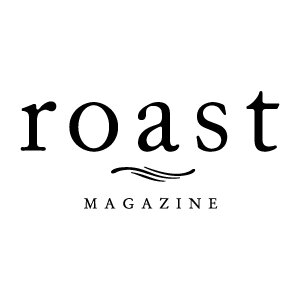March | April 2021
From the Publisher
The founder and publisher of Roast magazine, Connie Blumhardt has spent 25 years in magazine publishing and has worked in the coffee industry for the last 20 years. Connie brings the same passion and commitment to this industry journal that is present within the roasting community.
With each issue, Connie brings insight and inspiration to the pages of Roast with this column.
Connie Blumhardt, Publisher
IT’S A DEFINING HUMAN CHARACTERISTIC that we tend to put things into mental buckets. Perhaps we advanced to be this way so we could make everyday decisions without using too much brain space (Tide Ultra or generic, checkout lane two or four, wintergreen or spearmint, paper or plastic?). Droves of books on product marketing are devoted to taking advantage of this concept—sometimes to the benefit of the consumer, sometimes to trick the consumer.
How is the term “specialty coffee” defined, who defines it, and how will the definition evolve? I hope the second installment of Spencer Turer’s article “Evolving the Concept of Specialty Coffee” (page 68) generates deep personal thought and vigorous in-company conversations. Through our sourcing, industry and consumer connections, each of us has a role and a responsibility to thoughtfully engage in the definition of “specialty.”
Today, the typical specialty coffee consumer starts out much like you and me, standing in front of the beer case at the grocery. If the store is anything like my grocery, the shopper faces hundreds of choices. If I am looking for quality, the first level of elimination involves price. For the most part, you can pay high-end prices for low quality but not low-end prices for high quality. Price is an obvious first filter, but then what? Clearly, previous experience with the brand is a separating factor. In coffee or beer, is the next factor a local connection? Is it “craft” marketing? Are we even able to put our reasons into words? Most people, I feel, would struggle.
To all these categories, coffee adds the tie to the producing community. It’s important for us in the industry to know where the coffee comes from, and origin is a factor for some consumers. It is also the most loosely defined and the ripest characteristic for abuse in defining “specialty coffee.” Certifications, traceability, direct and relationship all mean something to those of us who work in the industry, but how do they define specialty to the consumer? For that matter, what place to do they have in defining specialty in the industry? These are difficult but important questions.
How coffee is characterized and defined has certainly evolved positively over my decades in the business. Search the website of any well-respected specialty coffee roaster, and you will find a common thread: freshness. Specialty coffee, through the work and consistency of the people in the business, has imprinted the importance of freshness on the consumer to the point where it is not only a differentiator between commercial-grade and specialty coffee, but also between packaging types and markings, such as “roasted on” dates. I am proud that our industry has taken the lead in delineating these characteristics, but our work is far from finished. I hope you enjoy the article as much as I do and that it inspires you to help move us all forward.
With regard,
Connie
Advertisement











